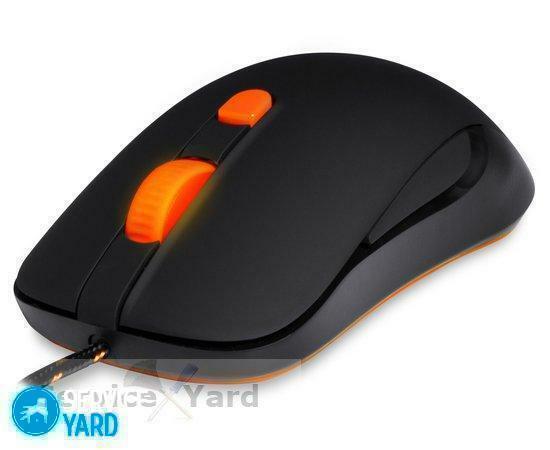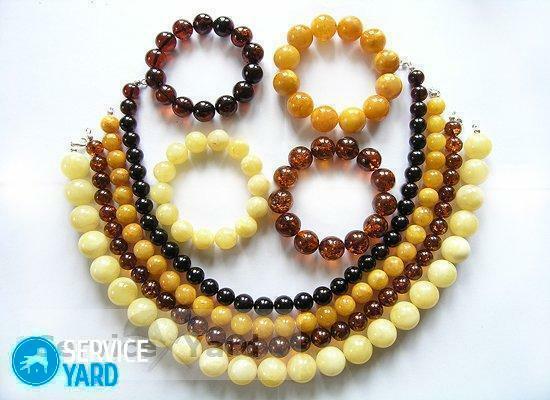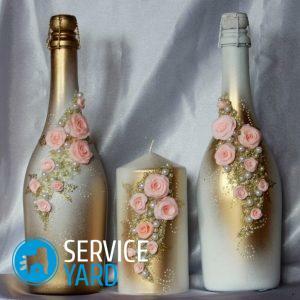When choosing an oven or chimney need to be repelled, not only on the design of the heat source, but also on the type of fuel. Solid fuel for different types of furnaces are usually used for heating a relatively small area. There are several types of energy sources and the mass of subspecies. Consider the features, advantages and disadvantages of the main embodiment.

Heating classic - wood
Firewood - traditional version, which faced virtually every. Classic logs are being replaced by a modern alternative. But fully take positions firewood are not going to - they are still a lot of advantages over the novelties.
Advantages of wood:
- characteristics that are familiar to all - from the wood blanks know what to expect;
- aesthetic component; in the firewood is used not only for practical reasons - many consumers are still important characteristic crackling in the hearth; sound - the result of the extremely high temperatures for the remaining moisture in Paulin; modern solutions like the aesthetics do not spoil;
- relatively constant parameters; wood can get damp and covered with mold, but they do not tend to crumble, even when long-term storage;
- wood ash almost no smell.

Disadvantages of wood:
- need for dry storage - logs do not tolerate high levels of moisture;
- different shapes and sizes (even close in this respect) do not contribute to the convenience of storage;
- minimal combustion time than wood alternatives;
- a lower heat dissipation;
- different intensity of combustion; typically logs certain time ignite followed by the culminating zharoizluchenie and attenuation;
- a large amount of ash - not less than 15%;
- smoke;
- the potential threat to health; firewood safe, but was too lazy to wet can be a fungus and mold, and when burned they can exude toxic fumes.
Firewood are chipped and chipped. But much more important than the nature of the wood, on which depends its calorific value. Approximate figures of different wood species - in the table.
| Breed | Calorific capacity, kW / h / kg |
| Larch | 4,3 |
| Spruce | 4,3 |
| Pine | 4,3 |
| Oak | 4,2 |
| Beech | 4,2 |
| Hornbeam | 4,2 |
| Ash | 4,2 |
| Birch | 4,2 |
Briquettes (evrodrova)

Briquettes are a fuel for furnaces formed by pressing wood waste. In the production of a course there are chips, wood dust, wood chips, and so on. N. Thanks to the vegetable binder - lignin - evrodrova under normal conditions safely keep their shape and not fall apart.
There are 3 types evrobriketov.
Ruf

It is the most popular option, which for several years used the Europeans. After the operation of the press are pretty practical building blocks. They bear little resemblance to the wood, but are characterized by an optimal ratio of quality and value.
pini Kay
This kind of a lot like Ruth, but the production cycle added to the firing of briquettes. This increases the service life and the euro-fuelwood to environmental aggression sustainability. Due calcined products produced outside the containment.
Nestro
Combined view. Unlike the first two, it has a shape similar to that of conventional logs. Inside elements - through hole. Outdoor burning is not.
briquettes advantages:
- high combustion period - up to 4 times more than a conventional embodiment; advantage due to the greater density of euro-fuelwood;
- High heat - about twice higher than the logs;
- burning the same intensity; Unlike wood, pressed blocks burn uniformly; Moreover, even the embers are able to give the same amount of heat as "fresh" cake;
- almost complete wastelessness - remains 1-3% ash after combustion units;
- usefulness of the ash; previous count plus possible disadvantage as waste are very good fertilizer, in which a lot of potassium;
- environmental friendliness; briquettes do not contain any harmful substances; Moreover, evrodrova almost no smoke, and the smoke that is, does not smell;
- saving;
- ease of storage and use; blocks are easy to store, they need less than wood, after which no remains of waste - secondary, but still important advantages.

Cons euro-fuelwood:
- at a higher heat transfer units give less heat than the "classic"; This means that as the fuel they are not suitable for bathhouse ovens;
- when unimportant storage conditions may crumble; reason - excellent water resistance; but in this case, the advantage becomes a disadvantage;
- divergent characteristics, depending on the manufacturer; We need to try different options to understand their needs and preferences; briquettes several different density and strength;
- remnants of different blocks is not very pleasant smell;
- exceptional practicality - to the detriment of the aesthetic component.
Pellets

Pellets - are small pellets, which are also manufactured by compression of waste wood industry and other economic activities. First, the source is converted to wood dust, then carefully dried and granulated spetsformah. Granules are mainly used in furnaces, which are calculated on this kind of fuel.
Depending on the raw material, the pellets are divided into these types:
- wood - from wood waste;
- straw;
- pellets which are made from the husk of sunflowers;
- peat.

Advantages of pellets similar to the advantages evrobriketov. But there are pellets and original plus - small size allows them to use in boilers with automatic loading of fuel.
The downside is that in most cases the granules are only suitable for the equipment, which was originally designed for pellets. Although the use of mini-block is possible and compressed in conventional furnaces. But this requires a certain modernization of units.
See also - overview of pellet stoves.
Coal
A fourth type of solid energy source. At the heart of the mineral - carbon. The fewer there are other depleting chemicals are present. Composition and attached to the fuel age:
- the youngest - brown appearance;
- older - stone;
- most age - anthracite.

See also - whether it is possible to heat the brick charcoal stove?
The age of the amount of moisture depends - its most in lignite. Accordingly, the heat transfer in this embodiment below.
coal advantage - higher calorific value. Disadvantages:
- sintering slag settling in large quantities in the grate furnace; This reduces the quality of combustion;
- not harmless; one of the constituents of coal - sulfur - in the atmosphere is converted into harmful to sulfuric acid;
- not the highest comfort of working with coal.

Comparative characteristics of various fuels
The table shows the calorific value fuels described. Indicators are averaged, since the exact numbers depend on the manufacturer and subspecies.
| Type of fuel | Termosposobnost, kcal / kg |
| Charcoal | 7500 |
| Coal | 7400 |
| Evrobrikety Ruf | 4500-4900 |
| Pellets | 4500 |
| Firewood | from 2500 |
conclusion
Each variant its own advantages and disadvantages. What fuel use depends on the ratio and the characteristics of the particular embodiment of the oven itself and the cost of the energy source in a particular region. And, of course, on personal preference, because the economic component is not alone.



